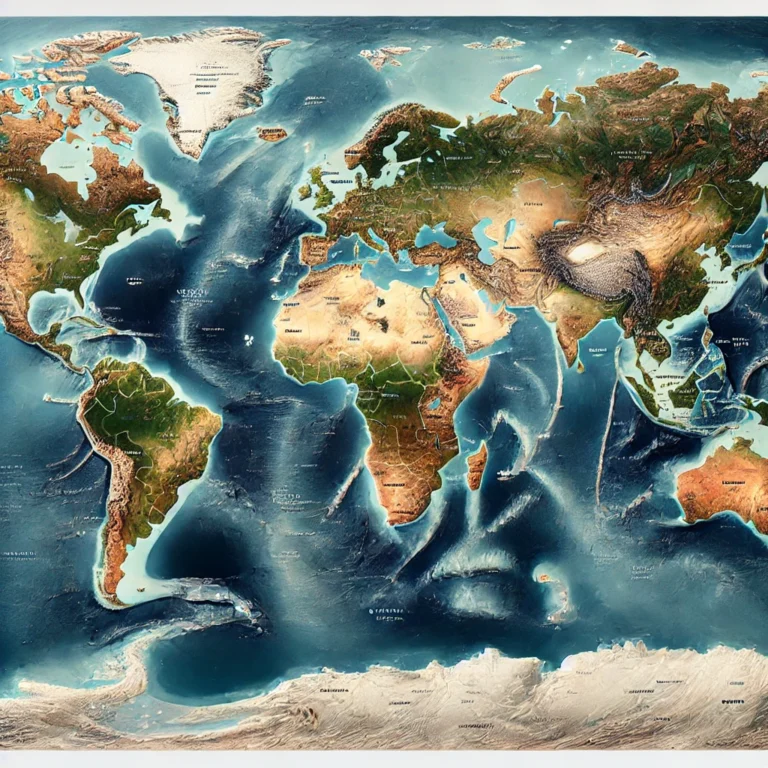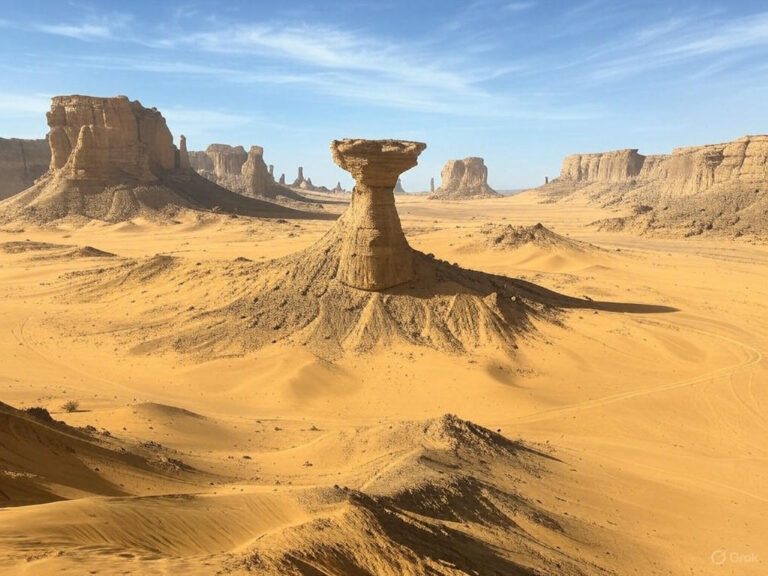Major Agricultural Regions of South America
South America’s diverse geography gives rise to distinct agricultural regions, each shaped by its climate, soil, elevation, and human activity. Let’s explore them one by one:
Los Llanos
Imagine an endless green ocean — but instead of water, it’s made of grasses and wetlands, stretching across eastern Colombia and Venezuela. This is Los Llanos, part of the flooded savanna biome.
- The term Llanos means “plains” in Spanish — and that’s exactly what they are: flat tropical grasslands, rarely rising above 300 meters.
- These plains slope gently upward from the Llanos Bajos (low plains west of the Orinoco River) to the Llanos Altos (elevated plateaus closer to the Andes).
- The Orinoco River, one of South America’s major rivers, cuts across this landscape, influencing the region’s seasonal flooding.
- During the rainy season, huge areas flood, which limits crop cultivation but supports cattle ranching, fishing, and wetland biodiversity.

Pampas
Now, think of Argentina’s beating agricultural heart — vast, fertile, and flat. These are the Pampas, stretching into Uruguay and southern Brazil.
- They enjoy a temperate climate with well-distributed rainfall, making them ideal for growing wheat, maize (corn), and for cattle grazing.
- But wildfires — both natural and human-induced — help suppress tree growth, allowing grasses to dominate.
- Geographically and climatically, the Pampas are split into:
- Dry Pampas (west) – This zone, including most of La Pampa province, is barren, has saline soils, brackish streams, and semi-desert terrain.
- Humid Pampas (east) – Including parts of Buenos Aires province, this zone is lush, populous, and economically crucial. It supports intensive agriculture and urban development.
In short, the humid Pampas are Argentina’s breadbasket and industrial core, while the dry Pampas are more rugged and less populated.

Gran Chaco
Now move north into a hot, flat, and dusty land — welcome to the Gran Chaco, one of the least explored yet fastest-changing landscapes in South America.
- It lies between the Andes and the Brazilian Highlands, across Paraguay, Bolivia, and northern Argentina.
- Formed by subsidence (sinking) between these highlands, the Chaco is filled with alluvial (river-borne) sediments, making it fertile in parts.
- The rivers Pilcomayo and Bermejo (Teuco) originate in the Andes and flow southeast into the Paraguay River, nourishing the land.
- But the Chaco’s greatest identity today?
- It is one of South America’s last agricultural frontiers.
- Rapid deforestation is occurring to clear land for soy farming and cattle ranching, especially in Paraguay and Argentina.
This makes the Chaco a contested ecological zone — fertile, yet fragile.

Patagonia
Now imagine going down south to a rugged, windswept terrain that feels like the end of the world — this is Patagonia, shared by Argentina and Chile.
- It’s a land of semidesert steppes, scrub vegetation, and mountainous fjords.
- Bounded by:
- Andes (west)
- Colorado River (north)
- Atlantic Ocean (east)
- Strait of Magellan (south)
- The eastern region is dry and treeless, while the western side near the Andes has glaciers, lakes, and fjords.
- The coast is unique: high cliffs drop sharply to the sea, separated by a narrow coastal plain.
In the late 19th and early 20th centuries, sheep farming boomed, making Patagonia one of the world’s top wool-producing regions. Even today, it remains a hub for sheep grazing, though economic activity is sparse and populations are low.

Conclusion
Each agricultural region in South America has a distinct identity:
| Region | Characteristics | Countries Involved | Dominant Use |
| Los Llanos | Flooded tropical grasslands | Colombia, Venezuela | Cattle grazing, wetland ecology |
| Pampas | Fertile temperate plains, humid vs dry zones | Argentina, Uruguay, Brazil | Crops, cattle, urban development |
| Gran Chaco | Semi-arid alluvial plain, deforestation zone | Paraguay, Argentina, Bolivia | Agriculture, soy, cattle |
| Patagonia | Arid, cold plateau with fjords & steppes | Argentina, Chile | Sheep farming, low population |
Understanding these zones helps us grasp how geography drives agriculture, influences population distribution, and shapes economic priorities in South America.






